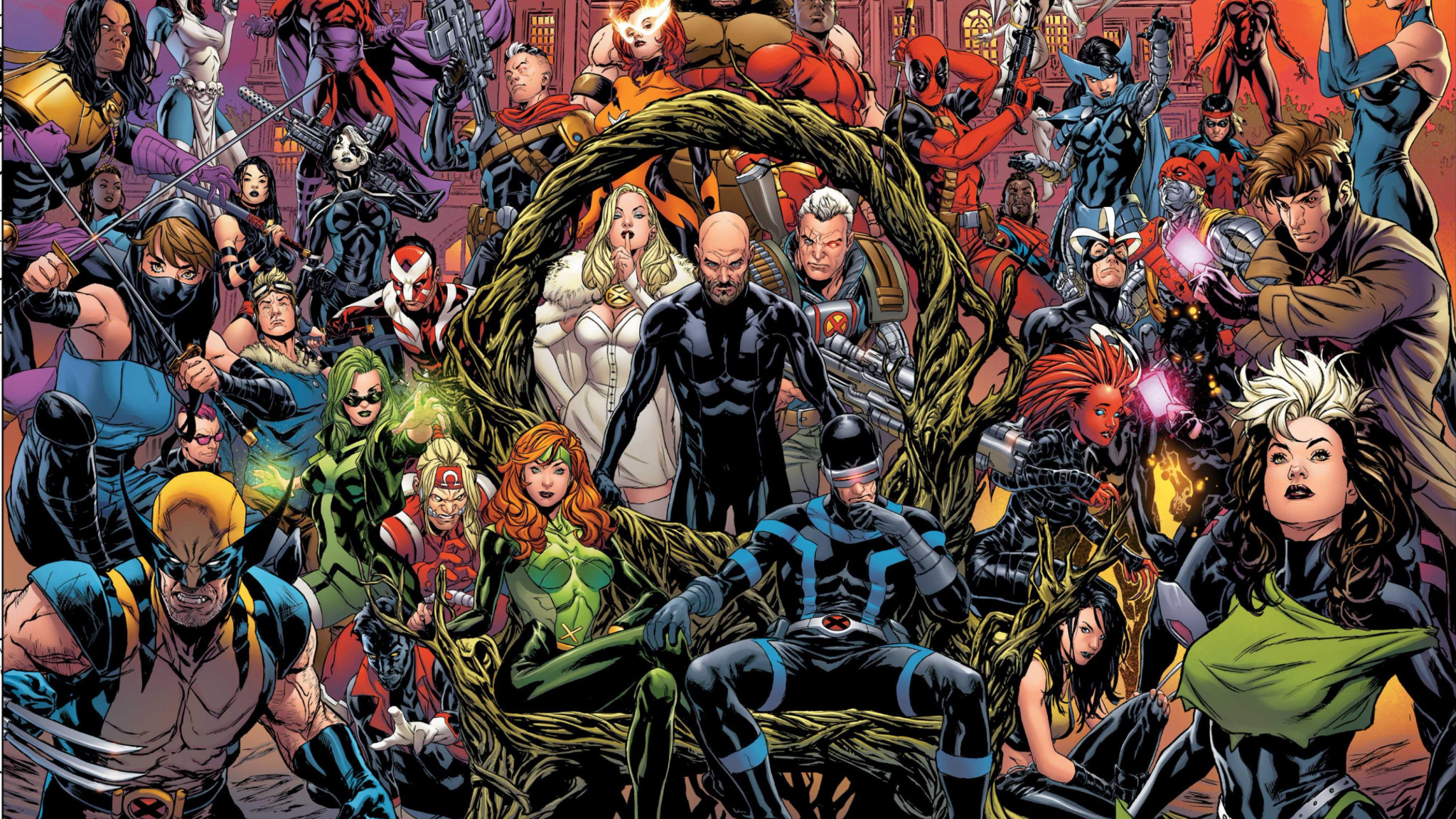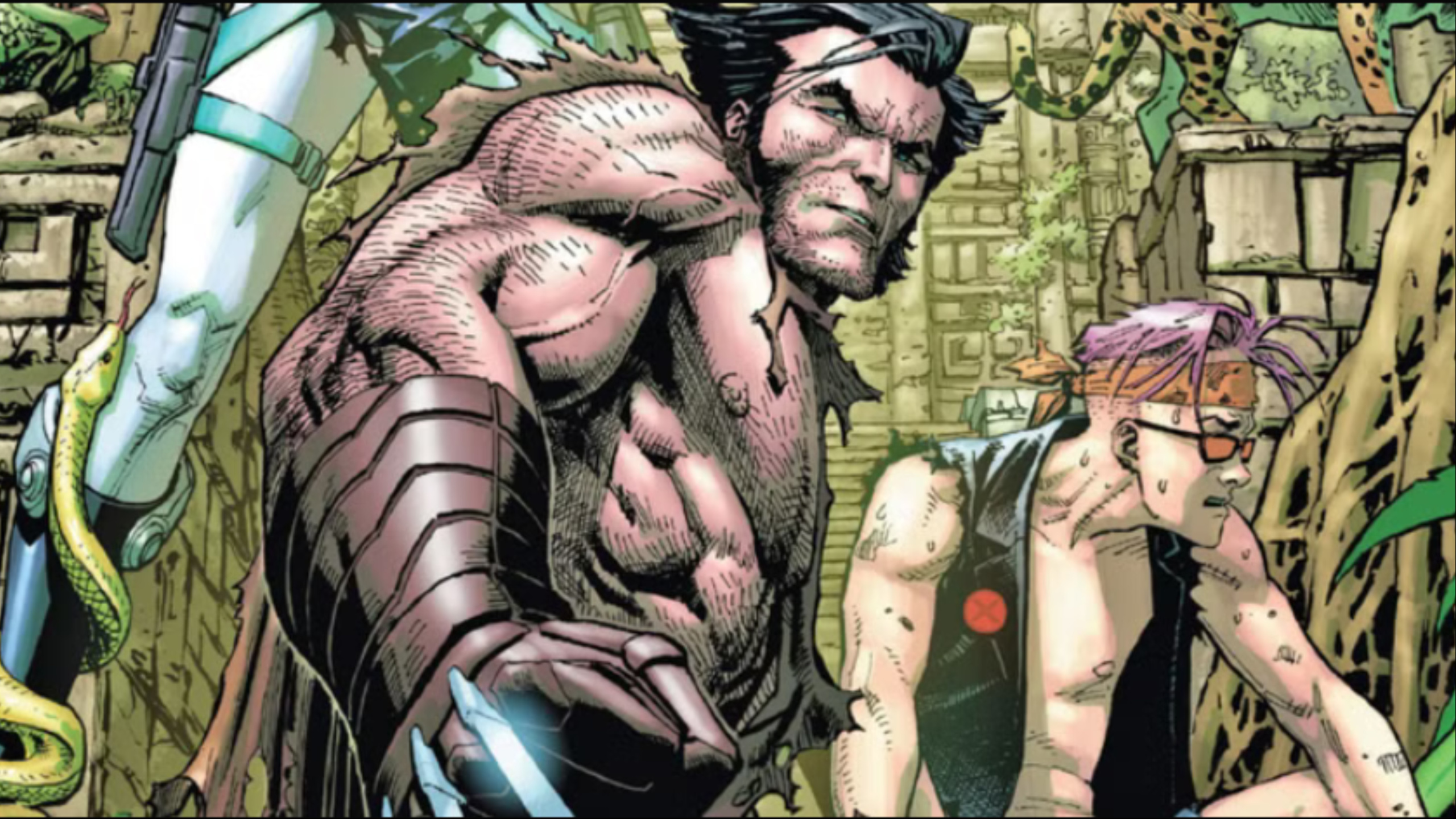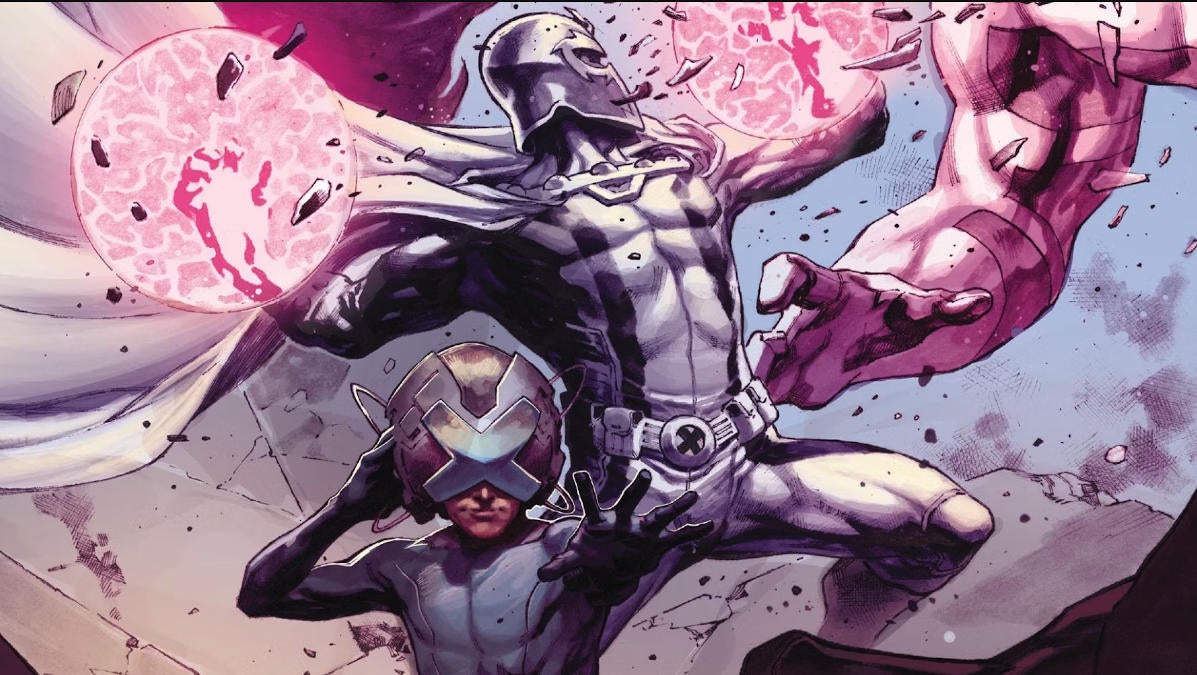
The X-Men are a team of heroes in Marvel Universe that are often virtuous because they are mutants, a hated minority. They face constant threats from humanity and fight against hatred. They protect people who fear and hate them, putting their lives on the line. Sometimes, they look down on other teams for their treatment of mutants, but this can be frustrating, especially for Avengers fans. Yet, their moral high ground isn’t always upheld.
On numerous occasions, the X-Men have found themselves in situations where they seem to be the antagonists rather than the heroes. However, this perspective is not always shared by the team itself, and it’s understandable why. They are accustomed to being correct, often overlooking the potential negative impacts of their actions on the world. Although such instances are rare, as X-Men writers are known for making the team somewhat oblivious to the repercussions of their decisions, these moments are frequently noticed by readers. Below, you’ll find seven instances where X-Men members were essentially the story’s main villain, causing more harm than good.
7) Wolverine Ratted Out Cyclops to the Avengers

In the gripping tale of ‘Avengers vs. X-Men’, I find myself reflecting on a pivotal moment from the Schism era, where two factions of mutantkind clashed, led by Wolverine and Cyclops. The rift between these iconic characters had reached a boiling point, leading to Wolverine forming his own group, comprising approximately 200 mutants, and establishing a new school – a bold move in the face of adversity.
Steeped in the role of a mutant leader, Wolverine also maintained ties with the Avengers, an alliance that proved crucial when the Phoenix Force began its ominous approach to Earth. A conversation with Captain America led to Wolverine disclosing Cyclops’s intentions regarding the Phoenix, portraying him as having an ulterior motive and a hidden agenda.
In the ensuing conflict, Wolverine and his team found themselves aligning with the Avengers against their own kind – a move that, at the time, they believed was justified given Cyclops’s perceived transgressions. However, in retrospect, it is evident that their actions served only to escalate the tension, potentially fueling the conflict beyond what might have been otherwise.
The complex web of alliances and betrayals that unfolded in ‘Avengers vs. X-Men’ leaves no room for doubt – Wolverine’s decision to inform against Cyclops played a significant role in exacerbating the conflict. A captivating story, where friendship, loyalty, and moral ambiguity intertwine, making it impossible to determine who the true heroes were.
6) The Phoenix Five Tried to Save the World Against Its Will

I find “Avengers vs. X-Men” intriguing, as initially, it seemed like the Avengers were the heroes, but the narrative cleverly flipped that perspective. The mutant race was on the brink of extinction, and Cyclops believed the Phoenix Force could save them. He prepared Hope Summers to control this cosmic entity known as the firebird. While the Phoenix Force could be perilous, Cyclops had a strategy, one that turned out to be quite effective.
The Avengers, led by Wolverine’s X-Men, confronted Utopia, igniting a war between the two teams. Iron Man designed an armor specifically to counteract the Phoenix Force, but it only dispersed the energy among Cyclops, Emma Frost, Magik, Colossus, and Namor. Empowered by divine energy, they formed the Phoenix Five, aiming to better the world. However, their actions gradually shifted from benevolent to villainous, acting more like deities than heroes.
Initially portrayed as victims, the X-Men transformed into villains during this conflict, suppressing their doubts. The complex dynamic between the Avengers and X-Men was vividly displayed in “Avengers vs. X-Men,” showcasing how relationships can become convoluted in the face of adversity.
5) Beast’s Actions Against Terra Verde

In the Krakoan era, I found myself part of a revolutionary shift for the X-Men, gaining our own nation and wielding power like never before. With mutants ascending to global influence, it was clear that we couldn’t carry on as we had been. Beast was appointed leader of X-Force, tasked with safeguarding Krakoa from potential threats preemptively, serving as our covert operations unit. However, his actions at Terra Verde raised concerns about his fitness for the role.
You see, he perceived their telefloric technology as a threat to Krakoa’s organic tech. In an attempt to protect our homeland, he decided to sabotage Terra Verde’s industry. Unfortunately, the consequences were disastrous; the nation’s crops overran, causing widespread death among its citizens. Fortunately for Krakoa, these actions remained hidden from the rest of the world.
Beast’s actions at Terra Verde marked the beginning of a series of questionable decisions as head of X-Force, suggesting that he might not be cut out to run an intelligence agency after all.
4) Imprisoning Sabretooth at the Beginning of the Krakoa Era

During the initial phase of the Krakoan Era, the X-Men were striving to establish their dominance. Tasked with gathering intel from Damage Control, Mystique, Sabretooth, and Toad embarked on a mission. In the course of this operation, Sabretooth, being who he is, engaged in lethal force against guards, leading to his capture by the Fantastic Four. Krakoa managed to secure his release following their diplomatic immunity concession, but there were consequences for Sabretooth’s actions due to one of Krakoa’s laws prohibiting mutants from killing humans. However, considering that Sabretooth was acting in self-defense during a mission for Krakoa and the laws weren’t yet established at the time, his incarceration seems rather hypocritical. Furthermore, it becomes even more questionable when Wolverine and X-Force begin taking human lives in the name of Krakoa. Despite Sabretooth’s monstrous reputation, one could argue that he didn’t commit an actual crime in this instance and deserved leniency for his actions.
3) Beast Bringing the Original Five X-Men to the Present

On Krakoa, Beast’s actions weren’t unprecedented; they often involved doing the most reckless, destructive things imaginable. Following the occurrences of Avengers vs. X-Men, Beast aimed to mend the bond between Cyclops and the rest of the X-Men. His strategy was unconventional: he transported adolescent versions of Cyclops, Jean Grey, Iceman, Beast, and Angel from their original timeline to the present, hoping to remind Cyclops of his past self before the burden of preserving nearly extinct mutantkind fell on him. This action, while seemingly benign, was incredibly risky. Any harm coming to the original X-Men would have been catastrophic. Beast gambled heavily in an attempt to lighten Cyclops’ darkened disposition. Initially, Wolverine sought to return them to their past, but eventually conceded, letting them remain in the present. Later, Cyclops took them under his wing, refusing to send them back to their original timeline. The X-Men manipulated the time stream, and their actions could have led to far more severe repercussions than they ultimately did.
2) Krakoa’s Actions to Guarantee Statehood

Establishing Krakoa as a nation led the X-Men down some questionable paths to secure their influence globally. Behind the scenes, Xavier, Magneto, and Moira MacTaggert spent a decade laying the foundation for Krakoa. As mutants began settling on the island, they sought recognition from the United Nations. Emma Frost was dispatched as their representative to negotiate statehood for the new mutant nation. In the shadows, bribes were exchanged with key government officials to expedite the process, while Emma Frost employed her telepathic abilities to sway stubborn adversaries of Krakoa. This move violated established diplomatic norms, but fortunately, the world never learned about it.
Krakoa kept their homegrown pharmaceuticals from anyone who refused to sign treaties that granted mutants impunity from legal consequences. At an economic conference, Xavier, Magneto, and Apocalypse asserted their dominance over the human attendees. Krakoa’s actions often cast them in a negative light globally. Although this didn’t justify the actions of Orchis, it didn’t improve the perception of the Krakoans either.
1) Trying to Destroy the Mutant Cure

In the initial storyline of “Astonishing X-Men,” titled “Gifted,” the introduction of a mutant cure was met with internal conflict among the X-Men. Initially, they chose to preserve this cure, but later decided to destroy it due to concerns that global authorities might compel all mutants to take it, potentially wiping out their kind. This apprehension seemed valid given history’s precedent of extreme measures against mutants by Earth’s governments. However, there are many mutants who prefer not to have their powers because they can be burdensome and harmful. By denying these mutants the choice to take the cure, the X-Men’s actions could be seen as villainous in a sense, since they were effectively imposing their will on those who wanted a normal life without their extraordinary abilities.
https://comicbook.com/comics/news/10-best-x-men-ranked-wolverine-storm-rogue-cyclops/embed/#
Read More
- Gold Rate Forecast
- 10 Most Badass Moments From Arrow
- Wednesday Season 2 Completely Changes a Key Addams Family Character
- Jimmy Kimmel Slams ‘Angry Finger Pointing’ Following Charlie Kirk Shooting After Building a Career off Angry Finger Pointing
- Dynasty Warriors remastered title and Dynasty Warriors: Origins major DLC announced
- Age of Empires IV: Anniversary Edition coming to PS5 on November 4
- Wind Breaker Chapter 197 Release Date & What To Expect
- The Simpsons Kills Off Marge Simpson In Shocking Twist
- Jon Cryer Says He Was Paid “a Third” of Charlie Sheen’s Salary
- Timothee Chalamet heist film
2025-06-25 22:45